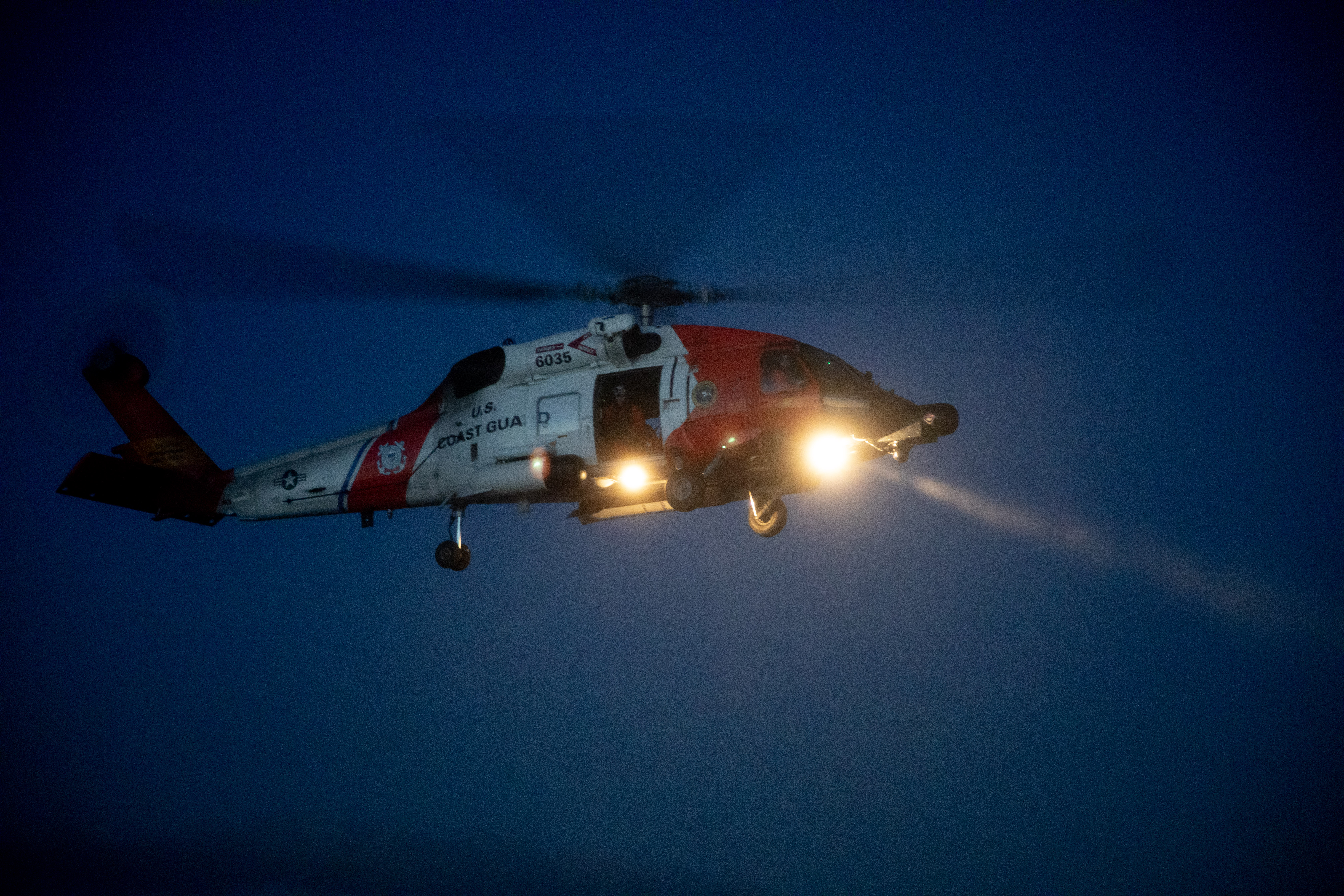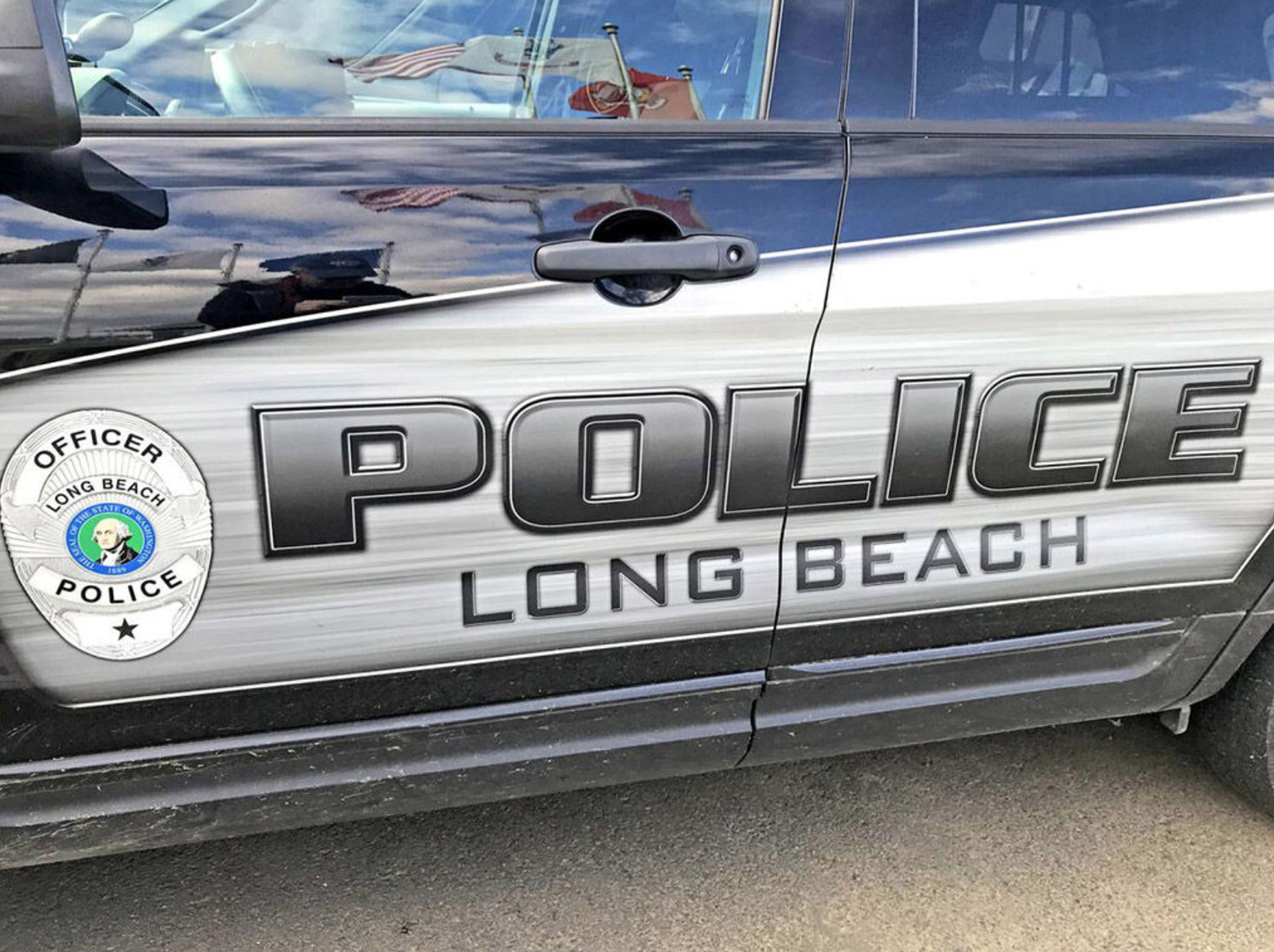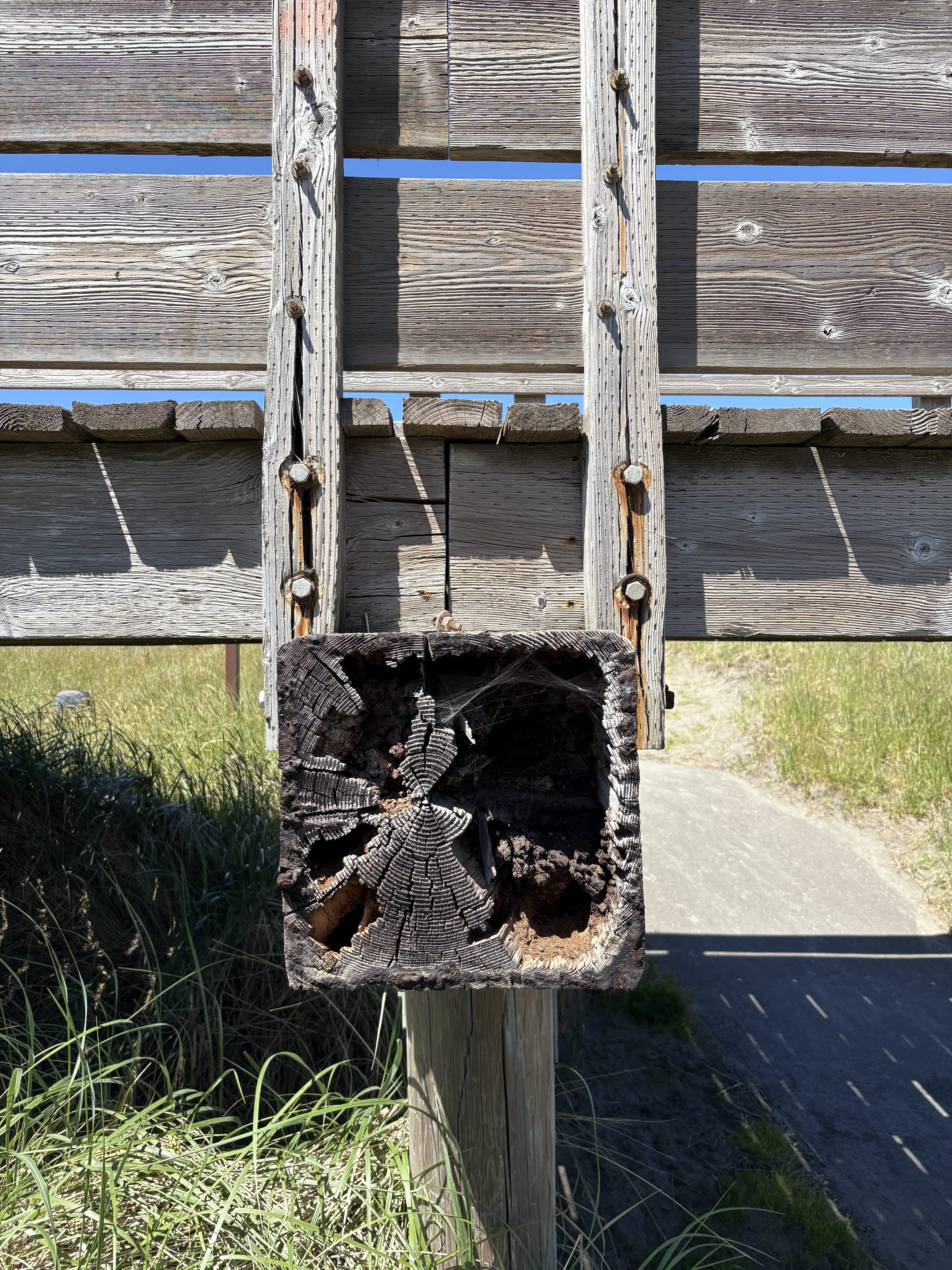‘Soldiers of the surf’: Honoring early lifesavers
Published 9:03 am Friday, July 26, 2024

- One of the U.S. Life-Saving Service’s earliest motor lifeboats was demonstrated in about 1910 at Fort Canby — now U.S. Coast Guard Station Cape Disappointment.
Maritime commerce has been a pillar of the U.S. economy since its founding years.
Trending
As commerce expanded and communities developed along coastlines, the threat of shipwrecks and other dangers to crews became impossible to ignore.
Early life-saving work was volunteer-run and unregulated. Organizations like the Massachusetts Humane Society built their own shore-based lifeboat stations in the early 19th century to alleviate some of these concerns.
It wasn’t until the 1840s that the federal government began investing in life-saving services around the country.
Trending
Even then, most funding was allocated toward building the structures themselves, neglecting personnel or inspection needs. Nepotism was rampant in the early years of the service, and many people with little to no experience were often placed in positions of power.
A series of devastating storms along the East Coast and Great Lakes in the early 1870s brought new attention to the gaps in service.
Maine State Rep. Sumner Increase Kimball was appointed to head the Treasury Department’s Revenue Marine Bureau in 1871 and was tasked with revamping life-saving work across the country.
Kimball acquired new appropriations from Congress to standardize accommodations, training and inspections in the U.S. To work at a life-saving station, surfmen — often called “storm warriors” or “soldiers of the surf” — had to be able-bodied, under 45 years old and adept at handling boats in varied conditions.
Many were recruited from local communities and stayed at the same station for years, which was unusual for government organizations at the time. They served as invaluable assets to the crews with their deep knowledge of local waterways.
The size of the crew depended on the size of the station’s life-saving boats. There were typically six to eight people on a crew, all assigned a number ranking them by seniority.
Every day of the week but Sunday was dedicated to drilling rescues or maintaining the station.
Mondays and Thursdays were typically reserved for beach work, which included drills for the Lyle gun that shot lines toward vessels in need. Tuesdays were for boat practice, as crews had to be able to right their boats quickly and efficiently if they capsized in rough weather.
Patrolling was one of the most important tasks assigned to surfmen. Each life-saving station had some form of lookout to be monitored at all times.
The surfman on patrol would carry a “check” with their assigned number. In many cases, they would walk toward another station along the coast and meet the patrol from that station about halfway between the two stops. The two men would then exchange their “checks” as evidence that the patrol had been completed.
When a call for help arrived, there were multiple types of vessels surfmen could use in their rescue. Surfboats were lighter and smaller than their lifeboat counterparts — 700 to 1,000 pounds compared to 4,000 pounds — which made them easier to maneuver in the surf.
However, early surfboats were not self-righting. The larger, heavier-duty lifeboats were both self-bailing and self-righting. Although they were heavier and often needed to be launched from a marine railway, they quickly became a staple among Pacific coast stations.
Charles H. McClellan is credited with designing the most successful lifeboat in the Life-Saving Service’s history in 1907, a 36-foot motorized model capable of speeds of up to 10 knots. Not only was the boat self-righting, but it could right itself in less than half a minute.
The first U.S. Life-Saving Service 36-foot motor lifeboat was ready by 1908 and sent to the Waaddah Island Life-Saving Station in Neah Bay.
Waadah Island is also unique to the Life-Saving Service’s history because, during the 1870s, the entire crew other than the keeper of the station were Indigenous surfmen from the Makah and Quileute tribes.
This team was invaluable to rescue work in that area, which is one of the more formidable stretches of the Pacific coast. There was also a nearly Indigenous life-saving station at Willapa Bay, also called Shoalwater Bay, run by Chehalis and Quinault Indigenous people.
Many historians consider the heyday of the Life-Saving Service to be between 1871 and 1881. Over the years, improved navigation technology and a shift away from sailpower lessened the danger mariners faced near the coast.
The U.S. Life-Saving Service’s legacy in rescue work has persisted in the form of the U.S. Coast Guard.
The Life-Saving Service merged with the Revenue Cutter Service in 1915, and another merger with the Lighthouse Service in 1939 created the modern-day U.S. Coast Guard.
Coast Guard crews across the country continue to work diligently to maintain aids to navigation and provide search and rescue services on our coasts.









